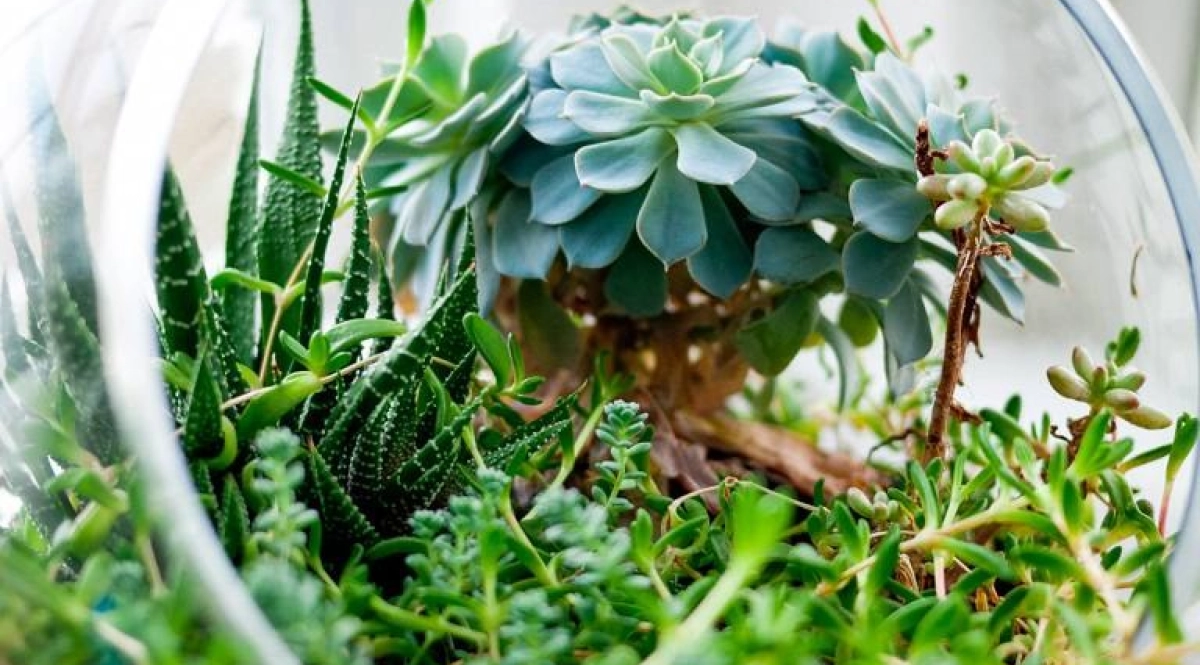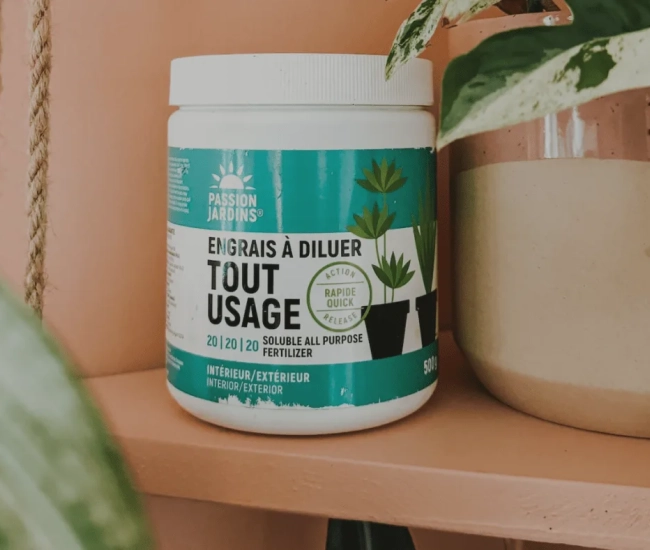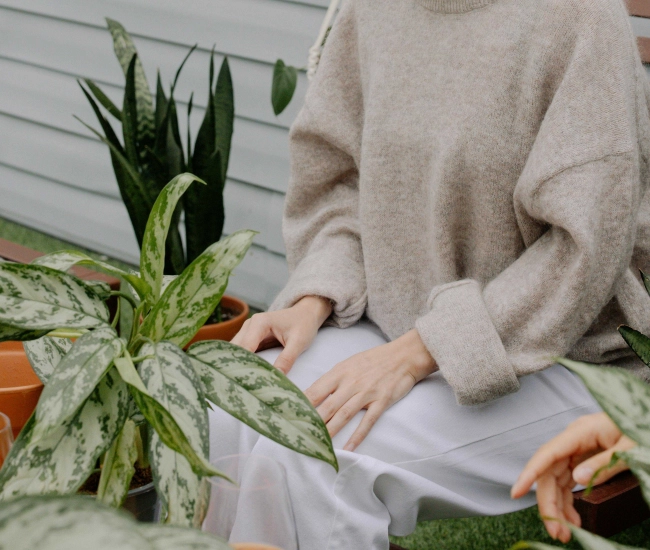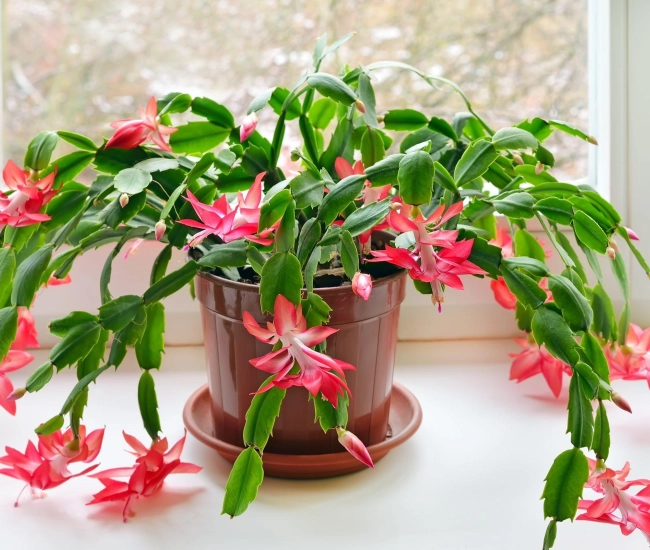
The enthusiasm for these peculiar-looking plants is constantly growing. Suddenly, everyone wants to have their own little arrangement of succulents or a glass terrarium (see explanations at the bottom of this article). Plump, slender, spiky, or upright, they allow for creating original and decorative plant combinations. And let's not forget their unmatched ease of care and their remarkable climate adaptability.
But beware, although they seem robust, succulents (also known as fleshy plants) and cacti can quickly wither if certain cultural requirements are not met. Here are some tips and tricks to successfully cultivate them with peace of mind.
The soil
Drainage and porosity are the main characteristics of the recommended substrate for optimal development. Water must circulate quickly and freely without the risk of stagnation. Most commercial mixes specially designed for the cultivation of cacti and succulents have the desired properties.
The pot
As a general rule, succulents and cacti prefer to be snug in their pot. Whether plastic or stoneware (preferable to prevent root rot), the chosen container must have one or more drainage holes. A pot with low walls is perfect for cacti, while succulents prefer standard-sized pots.
Lighting and temperature
Contrary to popular belief, too much heat and intense light exposure can cause irreversible damage to some of them. Opt instead for an east or west orientation (depending on the plant) and temperatures between 25° and 30° C during the day and 10° and 15° C at night. Outside in the summer, a semi-shaded exposure suits them perfectly, although cacti love to bask in the sun.
Watering
Like all plants, succulents and cacti need water. In summer, deep (not just a few drops) and frequent watering with lukewarm water (room temperature) is recommended. Do not wait for the leaves to shrivel before watering, but allow the soil to dry almost completely between waterings. In winter, you will need to reduce the frequency of watering (without stopping completely) to prevent root rot.
Fertilizer application
Once a month during the active growth period, from May to August, fertilizer applications rich in potassium and phosphorus (a tomato fertilizer will do) will promote their proper development. In winter, no fertilizer is recommended as your plants enter a resting phase. Too much or too nitrogen-rich fertilization weakens the plants and makes them more vulnerable to diseases and pests.
And finally… How does a terrarium work?
In a terrarium, a microclimate is created that allows for cultivation under controlled atmosphere. Watering water is constantly recycled. When it evaporates, condensation forms on the glass walls. This humidity (condensation, evapotranspiration) created by the water contained in the plants and soil slides down the walls and returns to the roots, which absorb it quickly, which is why cultivation in a glass container requires very little watering.
What you need to create your terrarium
- Choose a glass container with a lid
- Place about 1 cm of miniature stones at the bottom of the container
- Add a few pieces of horticultural charcoal on the stones
- Add pre-moistened soil, enough to properly plant your plants
- Perform your plantings (reduce the root ball if necessary)
- Personalize with decorative stones, moss, and miniature objects
- Clean the glass with a brush
- Seal your container tightly
** Condensation may occur in the first few days; slightly open your container until it disappears (a few hours) then close it again. Watering is done about once a month by spraying water on the inner surface of the glass.
There you go… happy gardening!
Tips and advice



